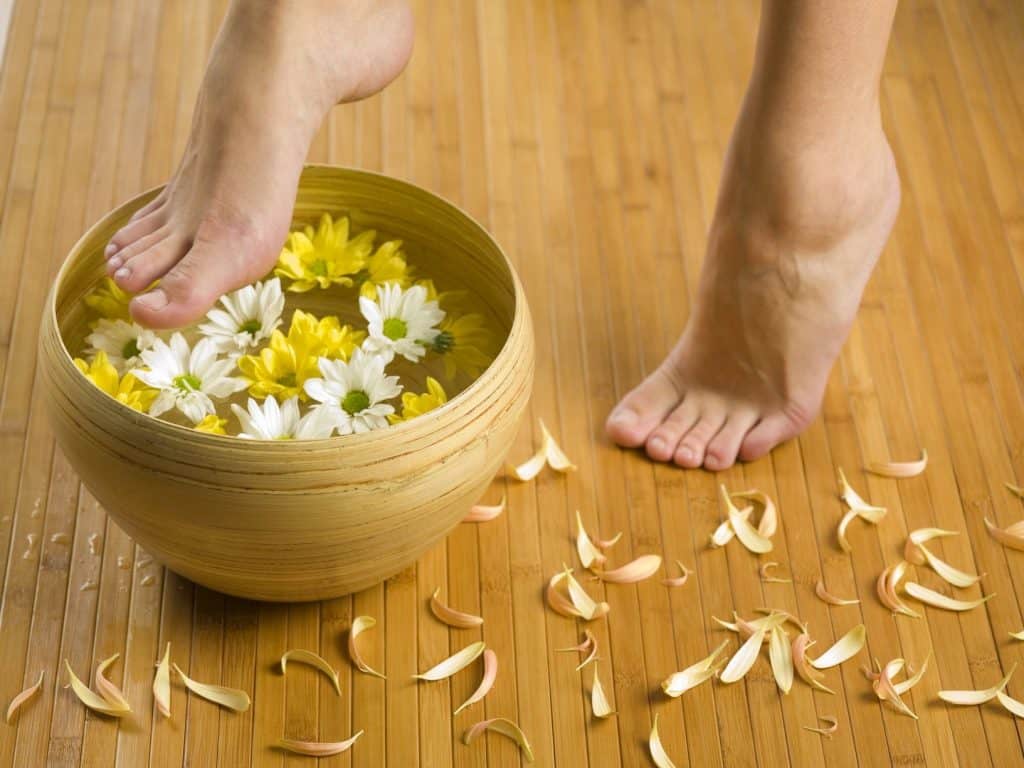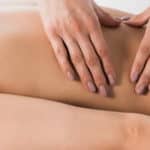

The human foot and ankle contain some of the hardest working muscles in the human body. On a daily basis they support our weight, give us balance and propel us forward. It is because of our feet that we can run, jump and stand erect without toppling over. Individuals who have no arms or hands have learned to use their feet to drive, play musical instruments and create great works of art. And, while those without feet can certainly still get around, it is often with great difficulty. Until recently, the action of the foot has been near impossible to replicate with prostheses.
Anatomy of the Foot and Ankle
The human foot could be called a miracle of design. Though small in comparison to the rest of the body it can hold a huge amount of weight. It will differ from person to person, depending on how healthy his or her bones and muscles are. The velocity of the weight (how fast a weight is coming at you) also plays a big role in capacity and strength. The muscles and bones will react much differently to lifting a weight versus having a heavy weight thrown at them or having a heavy weight gently placed on them.
For example, an Olympic Weightlifter can do a “Clean and Jerk” maneuver with barbells weighing about twice his/her body weight. If that same person was asked to walk a mile carrying that weight, it would be a different story. Infantry soldiers can be required to carry about 60 pounds, or just over 27kg, while marching or out on maneuvers. Depending on the gear and body armor required, the weight can be anywhere between about 50 and 100 pounds (approx 22kg – 45kg).
While the entire human body carries various loads of weight at any given time, the ankles and feet carry the entire weight of the person, plus anything that person might be carrying or lifting.
All this weight can stand erect, in part, because of 26 little bones (28 if you count the two tiny sesamoid bones of the big toe) and 19 muscles in each foot. The talus, calcaneus, navicular and three cuneiform bones form the middle of the foot. There are five metatarsals that form the long part of the foot radiating out to the toes, and there are 14 phalanges which form the toes. The muscles of the foot consist of the anterior, posterior and peroneal tibial muscles as well as extensors and the flexors. The bones and muscles along with the tendons and ligaments form a structure that offers weight-bearing strength and power to propel the body through space, as well as balance itself on both flat and irregular surfaces.
Just as important perhaps as the foot, is the ankle. The ankle is a synovial hinge joint which links the foot and the lower leg. The distal tibia of the lower leg articulates with the talus of the foot to form a joint (talocrural joint) enwrapped with the tendons, ligaments and retinacula (acting almost like a bandage, holding down the tendons) of the leg, which then envelop around the sole of the foot forming a sling that become the arches of the foot.
There are three arches in the foot. Two run lengthways, the medial longitudinal arch and the lateral latitudinal arch and, one, the transverse arch, runs side to side. The medial longitudinal arch is the one usually referred to as the arch of the foot in common terms.
This composition of bones, muscles, ligaments and more lend themselves to form a very strong and flexible structure. Contributing to the jobs of bearing weight, propulsion and balance, the foot can dorsiflex, plantarflex, pronate, supinate, adduct, abduct, evert and invert. The toes can do many of the same movements, which make them flexible enough to pick up small objects or conform to irregularly shaped surfaces.
Pathologies of the Foot and Ankle
The feet can suffer from many of the same pathologies as other parts of the body including musculoskeletal aches and pains, skin disorders and various difficulties resulting from hormonal changes, circulation problems or inactivity. While some create precautions or contraindications for massage therapists, many conditions will respond well to various forms of body work.
Precautions should be taken if a client presents with diabetic neuropathy, undiagnosed leg pain, certain forms of edema, itchy rashes, open sores, unhealed fractures or recent surgeries. When presented with these pathologies it would be prudent to consult with the client’s doctor as to when massage might be appropriate.
Even with all the “don’ts” there are many pathologies that can be helped by massage therapy or other forms of bodywork, especially when it comes to musculoskeletal aches and pains, uncomplicated fluid retention caused by standing too long or pregnancy and injury rehabilitation.
Just like any other part of the musculoskeletal system the foot and ankle can suffer from sprains, strains, fractures and dislocations. Additionally, fungal infections, such as athlete’s foot, allergic reactions to chemicals and clothing or plant materials (such as poison ivy) can occur on the foot. Use the same precautions on the foot and ankle as you would on any other body part.
Massage Techniques to Help the Foot and Ankle
If you ask someone where they most like to get a massage, they will usually answer one of two places – the back and feet. Who wouldn’t like a nice foot rub at the end of a long day? Whether it is from standing all day, sitting in tight office shoes or playing sports, it is our feet that usually take the brunt of our activities, often swollen and hot by the time we get home.
Foot massage can be a stand-alone appointment or it can be part of a full-body massage. There may be some clients who want full-body massage but with a focus on the feet. Whatever is chosen, when working on the feet, do not scrimp. For the client, a foot massage can be the most enjoyable part of the massage.
One option is to just continue with whatever technique you have used on the body, such as traditional Swedish massage, gliding strokes on the top of the foot, and deeper more focused strokes using your fist on the sole of the foot and some friction around the ankle. But don’t forget the toes with some corkscrew type motions!
The light strokes of lymphatic drainage massage can help reduce edema around the foot and ankle, providing relief for those who must stand most of the day at their jobs, or for women who experience a fluid buildup because of pregnancy.
You may choose to use the time for some reflexology, focusing on the various sections which relate to other body parts. This will add a therapeutic value to your work in those areas, a kind of reinforcement to what you have done there. It can also help when an injured body part cannot be worked on directly.
Our feet are our foundation. How they feel affects both our body and our mind. The muscles and the bones in our feet form the connection from the earth on which we stand to the tops of our heads. A strained muscle in the ankle can affect posture and by extension the shoulder and neck muscles. Feet that are blistered and sore show on our faces in a scowl.
Whatever modality or technique you and your client decide upon, it may very well become the highlight of the massage session.
Recommended Study:
Advanced Anatomy & Pathology
Foot Pathologies
Integrating Reflexology and Five-Element Theory
Lymphatic Drainage Massage
Massage for Edema
Reflexology















